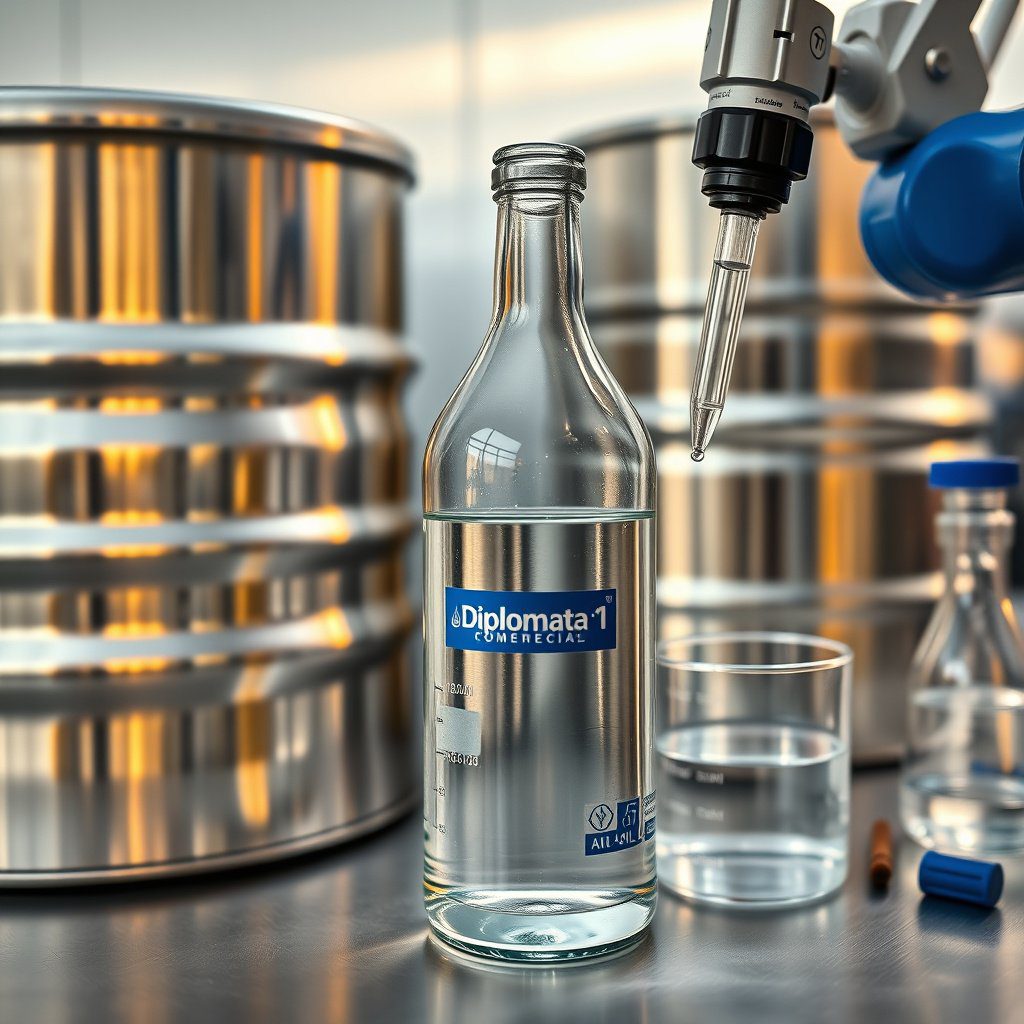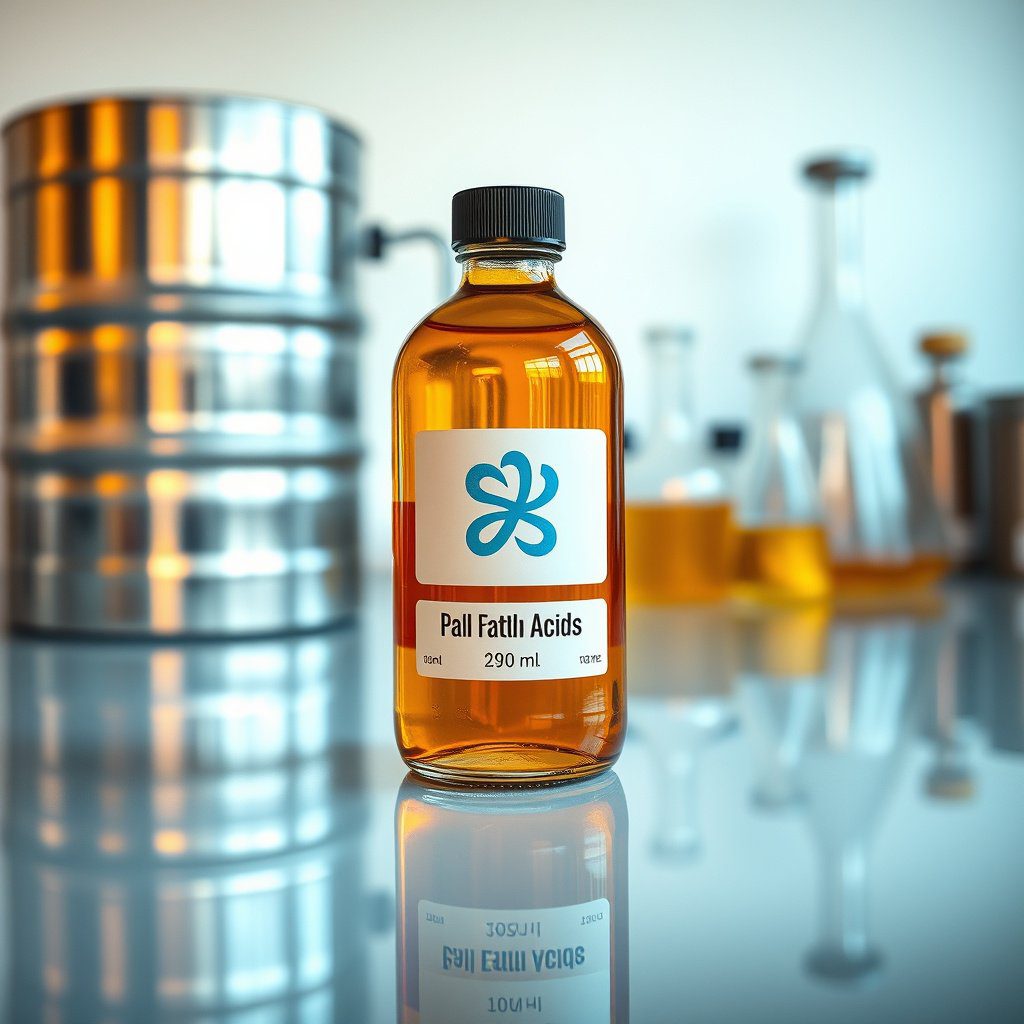Amine Product Features Overview
Amines are organic compounds derived from ammonia, where one or more hydrogen atoms have been replaced by organic groups. Notably, diethanolamine (DEA), monoethanolamine (MEA), and triethanolamine (TEA) are widely used in various industrial applications. The features of amine products, particularly in high-purity concentrations of 85% and 99%, significantly influence their performance in diverse sectors, including pharmaceuticals, agriculture, and chemical manufacturing.
Physical and Chemical Properties
The physical and chemical properties of amines, such as boiling point, solubility, and pH, are crucial for their applications. For example, diethanolamine has a boiling point of approximately 205 °C and is soluble in water and organic solvents. These properties enable DEA to be effective as a surfactant and emulsifier in various formulations, enhancing the stability and performance of products.
Purity Levels and Their Importance
High-purity amines, especially in concentrations like 85% and 99%, are essential for applications requiring stringent quality standards. The purity level affects not only the efficacy of the amine in chemical reactions but also its safety and regulatory compliance. For industries such as pharmaceuticals, where contaminants can alter drug efficacy, sourcing high-purity amines is critical.
Applications in Industry
Amines are versatile and find applications across multiple industries. Monoethanolamine is commonly used in the formulation of herbicides and personal care products, while diethanolamine serves as a key ingredient in detergents and textile processing. Understanding the specific features of these amine products helps industries optimize their formulations and improve end-product performance.
Role as a Surfactant
The surfactant properties of amines, particularly diethanolamine, make them valuable in cleaning products and emulsions. Their ability to reduce surface tension allows for better wetting and spreading, enhancing the effectiveness of cleaning agents. This feature is particularly important in formulations designed for industrial cleaning, where optimal performance is required to remove tough residues.
Environmental and Safety Considerations
With growing environmental concerns, the features of amine products must also address safety and ecological impact. Manufacturers are increasingly focusing on producing amines that are less toxic and more biodegradable. Understanding the safety profile of each amine, including potential hazards and recommended handling procedures, is vital for compliance with environmental regulations.
Regulatory Compliance and Standards
Compliance with local and international regulations is a significant aspect of amine product features. Regulatory bodies set stringent standards for the purity and safety of chemicals used in various applications. Suppliers must ensure that their high-purity amines meet these regulatory requirements to facilitate market access and avoid legal challenges.
Market Trends and Innovations
The amine market is continuously evolving, with trends indicating a shift towards more sustainable and efficient production methods. Innovations in the synthesis of amines, as well as the development of new applications, are shaping the future of this industry. Staying informed about these trends is crucial for suppliers aiming to position themselves as leaders in the market.
Supplier Relationships and Quality Assurance
Establishing strong relationships with suppliers is essential for businesses relying on high-purity amines. Quality assurance processes must be in place to guarantee that products meet the specified features and standards. This includes regular testing and validation of the amine products to ensure they remain consistent in quality and performance across different batches.


